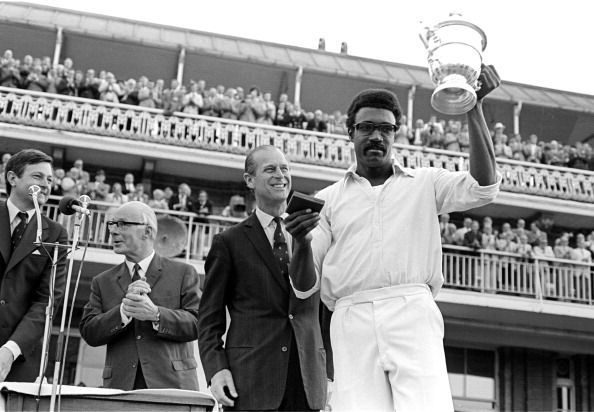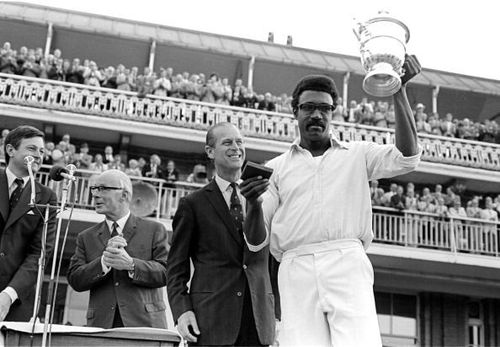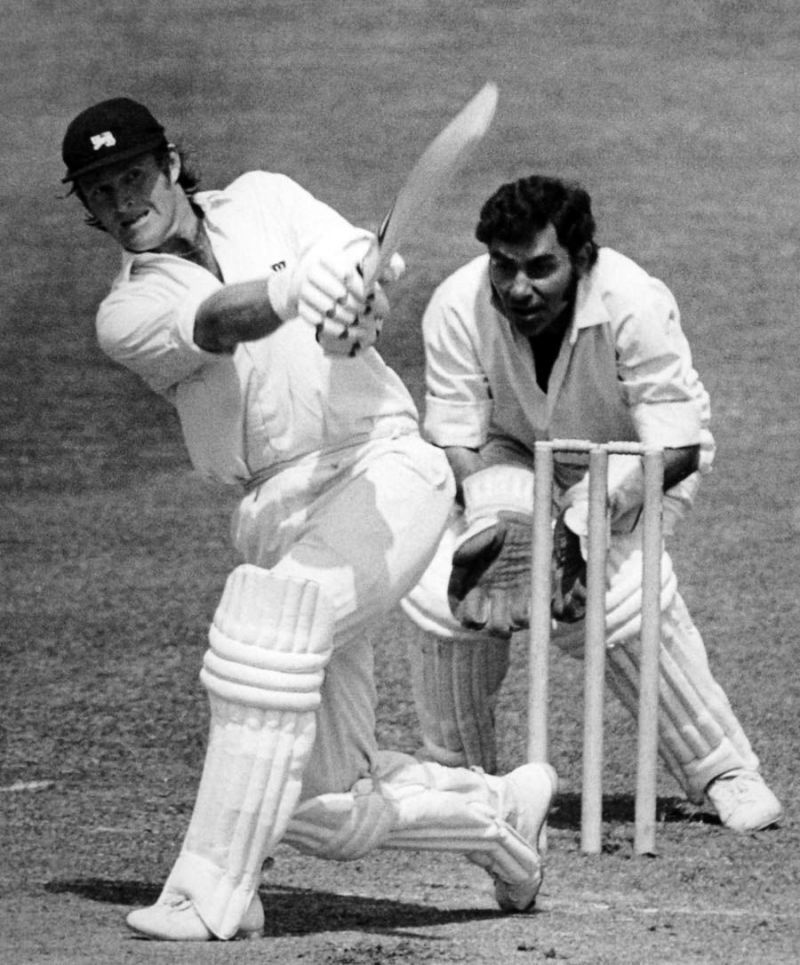
1975 Cricket World Cup - How the great spectacle began

This excerpt is from the author's book titled The Big Book of World Cup Cricket
The International Cricket Conference (ICC), now known as International Cricket Council, approved a proposal on 25 July 1973 to hold a limited-overs World Cup tournament. Hardly could anyone have imagined what a mega event this would become right from its inception.
When the World Cup first began in 1975, scarcely two years before the centenary of Test matches, one-day cricket was a vastly different game. There were no fielding circles, white balls, coloured clothing or helmets. Most of the teams had little experience in this form of the game; just 18 One-day Internationals had been played till then. Only the English players - and the overseas professionals - had received adequate exposure in the truncated game on the county circuit.
The Prudential Assurance Company pitched in with sponsorship worth £100,000 ($162,000) and the tournament got underway amid great euphoria. How much excitement there was, could be gauged from the fact that Sir Garfield Sobers, inarguably the greatest all-round cricketer ever, was initially included in the West Indies squad even though it was known that a debilitating knee injury had effectively finished his career. That the mighty Sobers was unable to participate is another matter.
England, long considered the home of cricket with headquarters at Lord’s, was deemed to be a natural venue for the World Cup. Long hours of daylight and several top-class grounds located not far from each other were cited as factors in favour of retaining England as the permanent base for the premier event. It did not take long for the players, public or administrators to realise that they had a product that was an instant hit.
The first tournament was played for an exquisite sterling silver trophy, 18.5 inches high and containing 89.5 ounces of the sparkling metal. Never before had there been such a large and distinguished gathering of the world's finest cricketers.
There were six Test-playing countries then: Australia, England, India, New Zealand, Pakistan and the West Indies. To this list were added Sri Lanka, for long a strong contender for Test status, and East Africa, considered the best of the rest.
The teams were divided into two groups. In Group A were East Africa, England, India and New Zealand. Group B comprised Australia, Pakistan, Sri Lanka and the West Indies. In the semi-finals Australia beat England, and the West Indies trounced New Zealand.
The West Indies, then beginning their ascent to the pinnacle with an incredible run of successes, won the inaugural Prudential World Cup final. There was tremendous Caribbean support at Lord's on that grand occasion as 26,000 spectators sat enthralled till 8:45 in the evening, watching the drama unfold. It was a box-office bonanza too, with £66,400 in the kitty, considered a world record at the time for a day's collection in a Limited-overs match.
The total prize money on offer was £9,000, with the winners receiving £4,000 along with gilt silver medals for each player. The runners-up got £2,000, and the losing semi-finalists £1,000 each. Total gate money of £188,598 was paid by the 158,000 people who came in through the turnstiles. A profit of £200,000 provided ample indication that the event had enormous potential to generate hitherto unimagined revenue for the game.
The World Cup became a great spectacle, graced by princes and prime ministers, and savoured by a huge number of people all over the globe.
The final:
Lord’s, London, 21 June 1975
West Indies won by 17 runs
West Indies: 291 for 8 wickets in 60 overs (Rohan Kanhai 55, Clive Lloyd 102, Keith Boyce 34, Gary Gilmour 5 for 48)
Australia: 274 all out in 58.4 overs (Alan Turner 40, Ian Chappell 62, Doug Walters 35, Keith Boyce 4 for 50)
Man of the Match: Clive Lloyd
